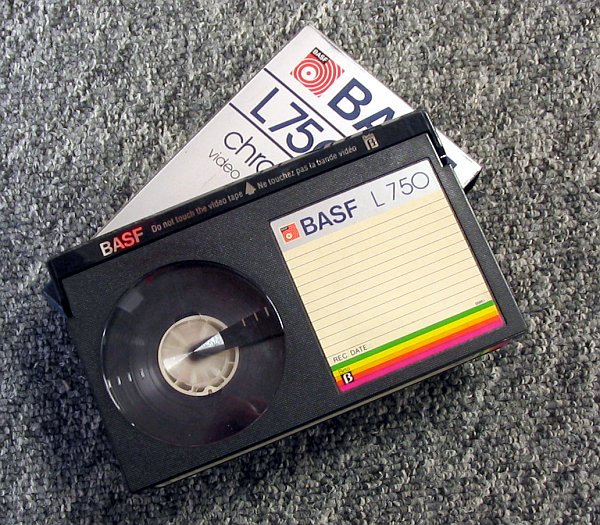If you’re new to climbing or bouldering, you’ll be hearing a lot of new terms in the climbing gym as well as from videos that you might consume. One of the most common climbing terms is ‘beta’. It can be used in phrases like “Do you want the beta?” or “I’ll use his beta”.
So what does Beta mean in climbing? Let’s take a look…
What does ‘Beta’ mean in climbing/bouldering?
Beta is a climbing term used when information is consumed about a boulder problem or climbing route that will be helpful towards an ascent.
For example, at a boulder gym, an experienced climber might approach you when they see you struggle and ask “do you want the beta?”.
In which case they will most likely either show you the correct starting position or even send the entire problem for you.
If you’ve ever found yourself attempting a boulder problem right after another boulderer has just finished that problem, you are most likely using their beta to make your own ascent.
While the jargon ‘beta’ is extremely popular in bouldering, the term is also commonly used in all other aspects of climbing.
Basically any time a climber informs you about a specific route or boulder problem, they are giving you their beta.
Other Climbing Terms Explained
How the climbing term Beta originated
Interestingly, the term Beta doesn’t have anything to do with the Greek letter for two but instead comes from the video cassette format called ‘Betamax’.

Back when Betamax cassettes were still used (the late 70s, early 80s) the Betamax cassette was often shortened to simply ‘beta’. And just like we record our routes on GoPros, climbers would record themselves using Betamax camcorders.
The man known for popularizing the term ‘beta’ is the late climber Jack Mileski who recorded his routes on Betamax video cassette.
When asked about the 5.12 Kansas City route in Shawangunks, New York, Jack was quoted telling his friend Mike Freeman: “Let me run the Betamax tape for you” and “so, Mike, here’s the beta!”
And that is how the climbing term originated. Back in the 80s when Betamax cassettes were used to record rock climbing.
I can just picture Jack carefully placing his beta tape of Kansas City into his betamax recorder and subsequently showing the footage to Freeman on a 4:3 television set.

Is it bad to use beta?
There is nothing wrong with using beta to send a route or a boulder problem. Most climbers use beta during their sends.
I would even go as far as saying that using beta is a good thing. It forces climbers to socialize while they are at an indoor climbing wall or bouldering gym. When a climber doesn’t know how to send a problem, they can ask another climber for their beta.
This is a great way to get to socialize and get to know other climbers. No climber will ever be annoyed when someone else approaches them to request a beta. Doing so is almost a form of respect. It’s like ‘hey, I’ve seen you climb, I feel like I could learn from you’. In other words, it makes the climber feel good.
The only time you cannot use a beta is if you are attempting an onsight. An onsight is a term used to describe a send without prior information. When beta is used, the onsight is ruined.
What is spraying beta?
Spraying beta is the act of giving out beta without the receiver having asked for such information.
A common example is when a random climber below you tells you what to do next. This is considered spraying beta and it is not always appreciated.
Some climbers may be trying to onsight a project and when beta is sprayed to them, the onsight can no longer be called an onsight and is thus effectively ruined.
Here’s a climbing rule for you: don’t ever spray beta to another climber unless they asked for it.
What is acceptable however is asking a climber “can I give you the beta”? Before handing out the necessary information.
While climbing is a social sport, and you might feel like you are just being ‘nice’, spraying beta is almost never a good thing. Ask first, give out beta after.
What to do when someone is spraying beta
If you are ever in the scenario of another climber giving out beta without your consent, the best thing to do is to politely tell them you want to figure this out on your own. In most cases, they will get the memo and move on.
Some climbers simply don’t understand that spraying beta is a bad thing. No need to scold them for it.
If for some unlikely reason they persist to spray beta at you, you can report your issue with this particular climber to a staff member. Spraying beta against your will counts as bullying which is not acceptable in a climbing gym. By reporting them, they will likely receive a warning from the staff and a potential ban if they somehow persist in their toxic behavior.
What is ‘breaking beta’?
Breaking beta is a term used when a climber sends a problem using an alternative route. In many cases, this means skipping hand and foot holds. Breaking beta can lead to a route being much easier or harder than intended.
While breaking beta is most commonly done indoors, it does also happen outdoors as well. Breaking beta is common to suggest a downgrade of route.
Example of new beta causing a downgrade
New beta can definitely cause a downgrade of a climb. One very popular downgrade is the downgrade of ‘Beginning’ by Adam Ondra. Beginning was first ascented by Stefano Ghisolfi who proposed a grade of 9a+. The route was later downgraded by Adam Ondra to 9a after he discovered a knee bar that allowed just enough rest to make the send easier.
You can watch the infamous kneebar that led to the downgrade below.
But aside from downgrades, breaking beta can also result in an upgrade.
Example of new beta causing an upgrade
Daniel Woods upgraded a V16 graded boulder (Sleepwalker) to a V17 boulder (Return of the Sleepwalker) by adding a super crimpy start.
Here’s how this happened…
Daniel Woods was the second climber to send ‘Sleepwalker’ a 9b (V16) graded boulder problem in Rock Rocks, Nevada. You can see the send in the video below.
But by breaking beta and adding an extra crimpy sitting start to the same boulder problem, Daniel Woods proposed a 9a (V17) and thus became the second ever person to send a 9a graded boulder. The problem was subsequently named “Return of the Sleepwalker”.
Can there be more than one beta?
Of course, most routes and boulder problems can have more than one beta.
For example, short people (such as myself) might have a different beta for a certain problem than tall people do. Us shorties often have to adapt to someone else’s beta. We might add a heel hook in there change up the beta entirely.
There is no one way to send a boulder problem or a route.
While many climbers refer to ‘beta’ as the most efficient way to send a route, this isn’t actually what beta stands for. Just because you are using an alternative technique to send the route, doesn’t mean your beta is incorrect.
More articles like this
- Indoor Bouldering Basics: intro to gym climbing
- Tips for short climbers
- Complete Guide to Bouldering Grades (& conversions)
- How to start and finish a boulder problem
- Can I get abs from climbing?
- Bouldering vs rock climbing
- How often you should go bouldering per week
- Why bouldering is a good full-body workout
- Climbing 101: what is cutting feet?
- How long does it take to progress in bouldering?
- How much does it cost to start bouldering?
- What to wear indoor bouldering
- How much of a bouldering wall can you use?
- Should climbing shoes hurt?
- How many climbing shoes do you really need?
- Yoga for climbers
- Core workout for climbers
